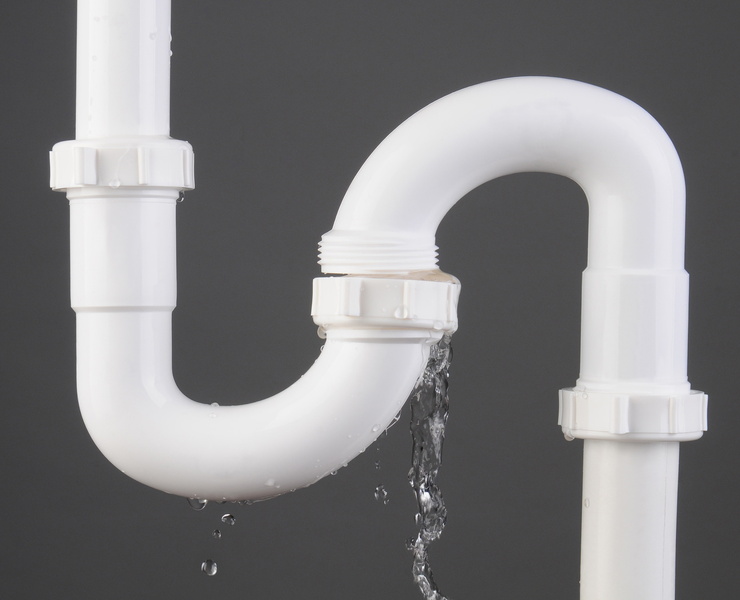6 Ways to Locate Concealed Water Leakages in Your House
6 Ways to Locate Concealed Water Leakages in Your House
Blog Article
They are making a number of great observations on the subject of Leaking water lines in general in the article beneath.

Early detection of dripping water lines can mitigate a potential catastrophe. Besides saving you cash, it will lessen the stress as well as aggravation. The minute you find a leakage, calling your plumber for repair work is the very best option. Nonetheless, some small water leaks might not show up. If you can not discover it with your naked eyes, here are some hacks that assist.
1. Take A Look At the Water Meter
Examining it is a proven way that helps you find leaks. If it relocates, that shows a fast-moving leakage. This indicates you may have a sluggish leak that might also be below ground.
2. Examine Water Consumption
If you find sudden modifications, despite your intake being the very same, it indicates that you have leaks in your plumbing system. A sudden spike in your costs shows a fast-moving leak.
A constant rise every month, also with the same practices, shows you have a slow-moving leakage that's also slowly escalating. Call a plumber to completely check your residential or commercial property, particularly if you really feel a warm area on your flooring with piping underneath.
3. Do a Food Coloring Examination
When it comes to water consumption, 30% comes from commodes. If the color in some way infiltrates your dish throughout that time without flushing, there's a leakage between the tank and dish.
4. Asses Outside Lines
Don't forget to check your exterior water lines as well. Test faucets by connecting a yard hose pipe. Ought to water seep out of the connection, you have a loose rubber gasket. Replace this as well as ensure all connections are limited. It will certainly aid get it skillfully analyzed as well as maintained every year if you have actually obtained a lawn sprinkler system. One tiny leak can lose lots of water and also increase your water costs.
5. Analyze the scenario as well as inspect
House owners must make it a behavior to check under the sink counters and also inside cabinets for any bad odor or mold development. These two red flags suggest a leak so timely interest is called for. Doing routine examinations, even bi-annually, can conserve you from a significant trouble.
A lot more significantly, if you understand your house is already old, maintain a watchful eye on your heating units, pipes, pipes etc. Look for discolorations and also weakening as many appliances and also pipes have a life span. They will additionally naturally wear away as a result of tear and wear. If you presume dripping water lines in your plumbing system, don't wait for it to intensify. Call a professional plumber today so you don't end up with a terrible mess in your home.
Early detection of dripping water lines can minimize a prospective calamity. Some tiny water leakages may not be visible. Checking it is a proven method that helps you discover leakages. One small leakage can throw away heaps of water and surge your water bill.
If you suspect dripping water lines in your plumbing system, don't wait for it to rise.
How to Know If Your Home Has a Hidden Leak
Water Meter Reveals Inexplicable Water Usage
If you’d like to test whether or not there’s a leak somewhere in your home, you can do this using your water meter. Here is how to conduct the test:
Don’t use any water in your home for at least 30 minutes; this also means not turning on faucets or water-using appliances.
Go outside, and check your water meter for activity.
If your water meter shows that there was activity, even though no one was using any water, this proves that there is a leak in your home.Visible Mold or Mildew Growth
Leaks behind walls create moist, dark environments that allow mold and mildew to grow and thrive. Eventually, you might see mold growth forming on the wall closest to a hidden leak.
If mold is growing in an area that receives a high amount of moisture, such as a bathroom, it may simply be an indication that better ventilation is needed. However, if you see mold growth on a wall or the ceiling in an area where you would not expect, you probably have a hidden leak.
Musty, Mildew Odor
Sometimes you might not be able to see the mold or mildew that is growing as a result of a leak. However, the smell can give the problem away just as easily. If you catch a whiff of something musty, there’s a good chance that old water is collecting somewhere in your home that you can’t see.
Stained/Warped Walls, Ceilings, or Floors
When your home soaks up water, a variety of red flags can become visible, including ceiling stains, bubbling drywall, warped walls, and sagging floors. While these issues can be caused by excess humidity, they can also be signs that a pipe or plumbing connection has started leaking behind your walls.
Inexplicably High Water Bill
After a while, you get a general sense for what your water bill should be. If you own a pool or sprinkler system, your bill will tend to be higher during summer. However, if you receive a water bill that seems especially high, and you can’t figure out what caused it, then you may have a hidden leak somewhere that’s increasing your bill.
https://www.plumbingjoint.com/blog/2019/july/how-to-know-if-your-home-has-a-hidden-leak/

As a devoted reader on Finding hidden leaks, I thought sharing that excerpt was essential. Sharing is good. One never knows, you may very well be doing someone a favor. Many thanks for taking the time to read it.
Report this page